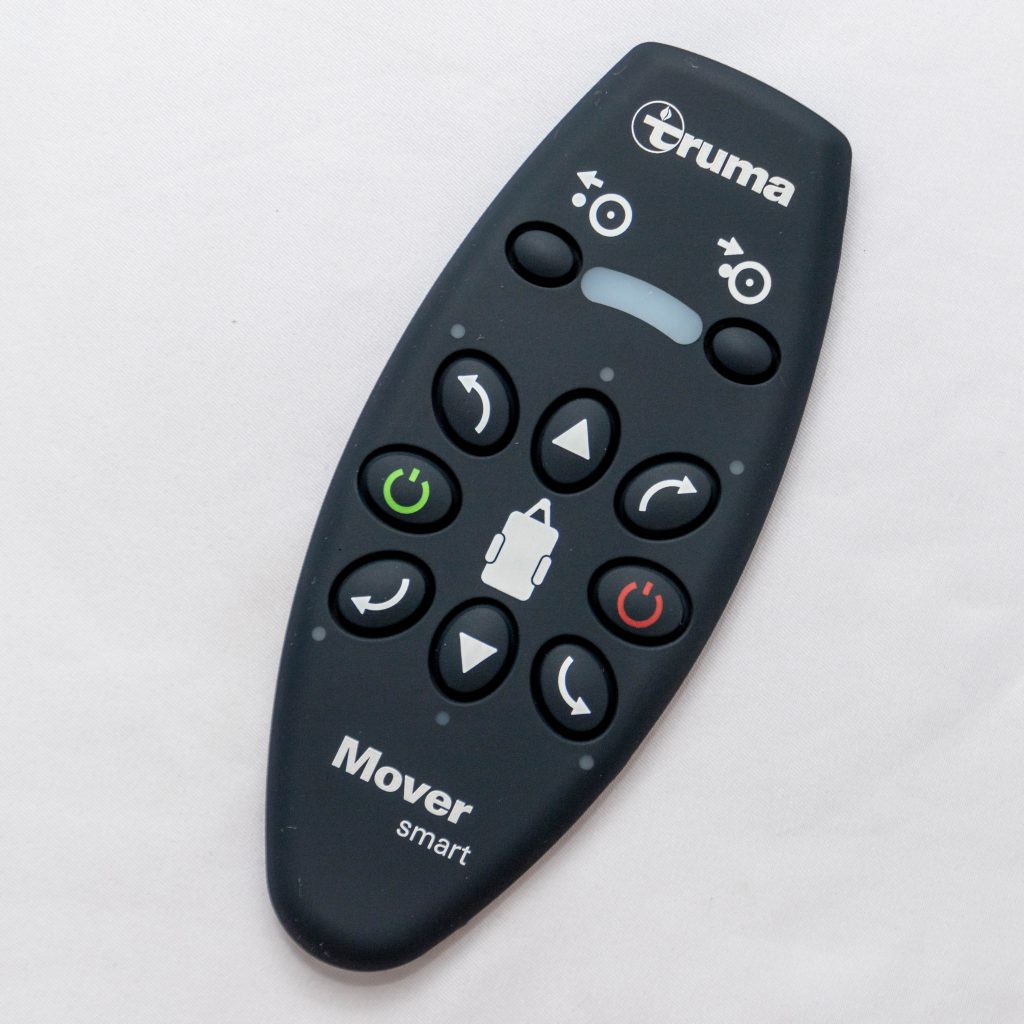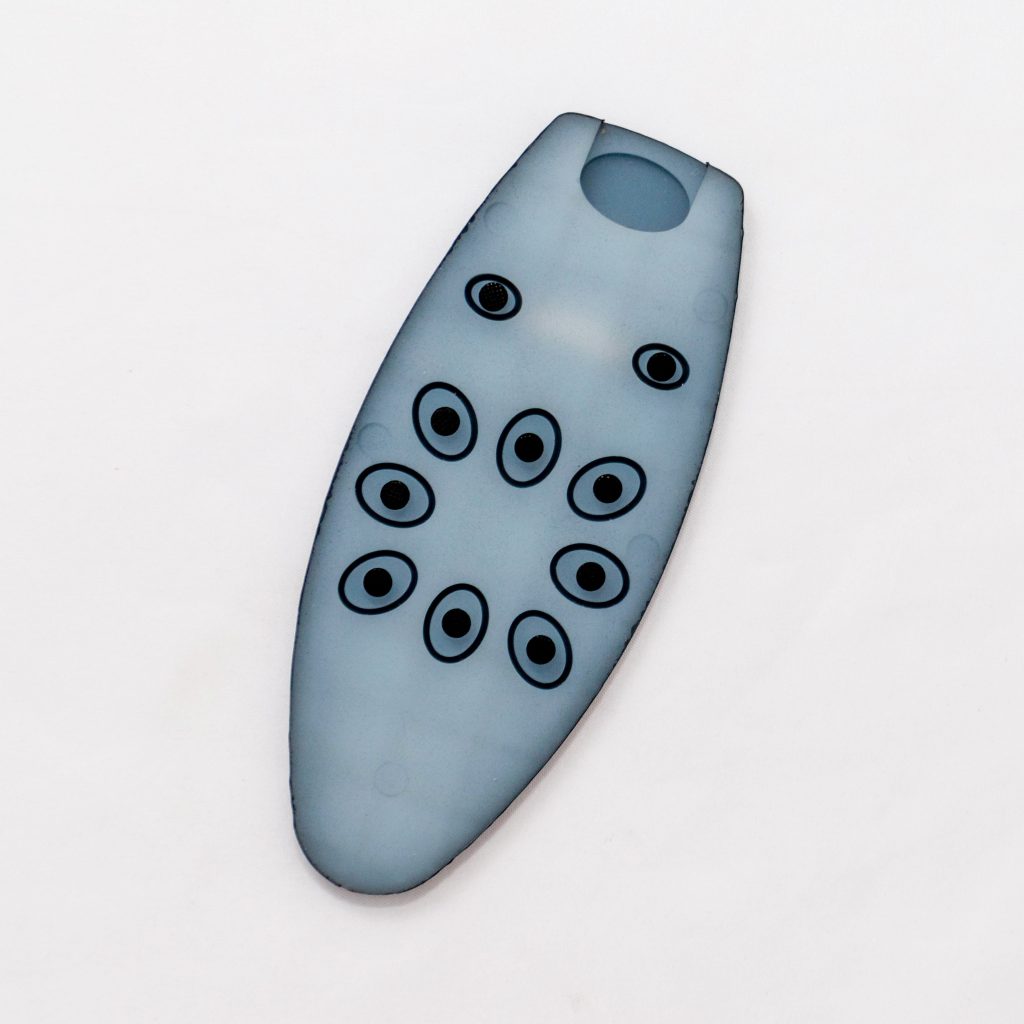Contact
Write to Us And We Would Be Happy to Advise You.
Do you have any questions, or would you like to speak directly with a representative?
By hqt
Silicone rubber keypads are an integral part of various electronic devices, providing a reliable and user-friendly interface for users. Whether it’s a television remote control, a medical device, or an industrial control panel, the quality of the silicone rubber keypad product plays a crucial role in the overall performance and user satisfaction. In this comprehensive guide, we will explore the key factors to consider when choosing the best silicone rubber keypad product that not only meets your requirements but also helps lower your costs.


Quality Assurance: Ensuring Durability and Longevity
When selecting a silicone rubber keypad product, it’s essential to prioritize quality assurance. A high-quality keypad will not only withstand daily use but also resist environmental factors such as moisture, heat, and chemicals. Look for products that meet industry standards and undergo rigorous testing to ensure durability and longevity. Choosing a keypad with excellent tactile response and low contact resistance will enhance user experience and reduce the need for frequent replacements, ultimately lowering costs in the long run.
Material Selection: Optimal Performance and Cost-effectiveness
The choice of silicone material for the keypad is critical for achieving optimal performance while keeping costs in check. Silicone keypads are available in various durometers, ranging from soft to firm. Softer keypads offer better tactile feedback, while firmer ones provide enhanced durability. Assess your specific application requirements and consult with manufacturers to select the ideal durometer that balances performance and cost-effectiveness for your product.
Design Flexibility: Customization and Ergonomics
Each electronic device has unique design requirements, and the silicone rubber keypad should seamlessly integrate with the overall product design. Opt for keypads that offer design flexibility, allowing customization of shape, size, color, and symbols. Ergonomics also play a crucial role in user satisfaction. A well-designed keypad with comfortable key spacing, intuitive button placement, and easy actuation can enhance usability and reduce user errors, leading to cost savings by minimizing customer support and product returns.
Manufacturing Process: Efficiency and Cost Optimization
The manufacturing process of silicone rubber keypads can significantly impact the overall cost. Look for manufacturers that employ efficient and cost-effective production techniques such as compression molding or transfer molding. These methods ensure consistent quality, reduce material wastage, and enable mass production at a lower cost per unit. Additionally, partnering with manufacturers who offer value-added services like automated assembly, laser etching, or printing can further streamline production and lower costs.
Supplier Reliability: Timely Delivery and Support
Choosing a reliable and reputable supplier is crucial to ensure timely delivery and ongoing support throughout the product lifecycle. Research suppliers thoroughly, checking their track record, certifications, and customer reviews. A dependable supplier will have a robust supply chain, efficient order fulfillment processes, and excellent customer service. Timely delivery and responsive support can help you avoid production delays, minimize downtime, and ultimately reduce costs associated with project delays and customer dissatisfaction.
Cost Analysis: Balancing Quality and Budget
While the primary focus is to lower costs, it’s essential to strike a balance between quality and budget. Opting for the cheapest silicone rubber keypad product may lead to compromises in quality and durability, ultimately increasing costs in terms of replacements, repairs, or negative customer experiences. Conduct a comprehensive cost analysis, considering factors such as the initial purchase cost, lifecycle costs, maintenance expenses, and potential impact on brand reputation. Investing in a high-quality keypad that offers long-term reliability and customer satisfaction will often result in cost savings over time.
FAQ 1: Can I use any silicone rubber keypad for my electronic device?
No, not all silicone rubber keypads are suitable for every electronic device. Different devices have unique requirements in terms of design, durability, and performance. It is crucial to select a keypad that matches your device specifications and meets the necessary industry standards.
FAQ 2: How can I ensure the quality of the silicone rubber keypad?
To ensure quality, look for keypads that undergo rigorous testing, such as environmental testing, life cycle testing, and material testing. Additionally, choose keypads from reputable manufacturers with a proven track record in producing high-quality silicone rubber keypads.
FAQ 3: Are customizations available for silicone rubber keypads?
Yes, many manufacturers offer customization options for silicone rubber keypads. You can customize the keypad’s shape, size, color, symbols, and even the tactile response. Consult with the manufacturer to discuss your specific customization requirements.
FAQ 4: How can I lower costs without compromising quality?
Lowering costs without compromising quality requires a careful balance. Consider factors such as the initial purchase cost, lifecycle costs, and maintenance expenses. Investing in a high-quality keypad that offers durability and reliability can reduce long-term costs associated with replacements and repairs.
FAQ 5: Can I rely on offshore suppliers to lower costs?
Offshore suppliers can offer cost advantages, but it’s essential to thoroughly evaluate their reliability, quality control processes, and customer support capabilities. Language barriers, time zone differences, and shipping logistics should also be considered when dealing with offshore suppliers.
FAQ 6: How do I assess the performance of a silicone rubber keypad?
Assessing the performance of a silicone rubber keypad involves evaluating factors such as tactile response, actuation force, key travel distance, and durability. Request samples from manufacturers for testing and gather user feedback to ensure the keypad meets your performance requirements.
Selecting the best silicone rubber keypad product for your electronic device is a critical decision that impacts both user experience and cost-effectiveness. By considering factors such as quality assurance, material selection, design flexibility, manufacturing process, supplier reliability, and cost analysis, you can make an informed choice that lowers costs while delivering a superior user interface. Remember, prioritizing long-term durability and customer satisfaction often results in significant cost savings over the product’s lifecycle.
Do you have any questions, or would you like to speak directly with a representative?